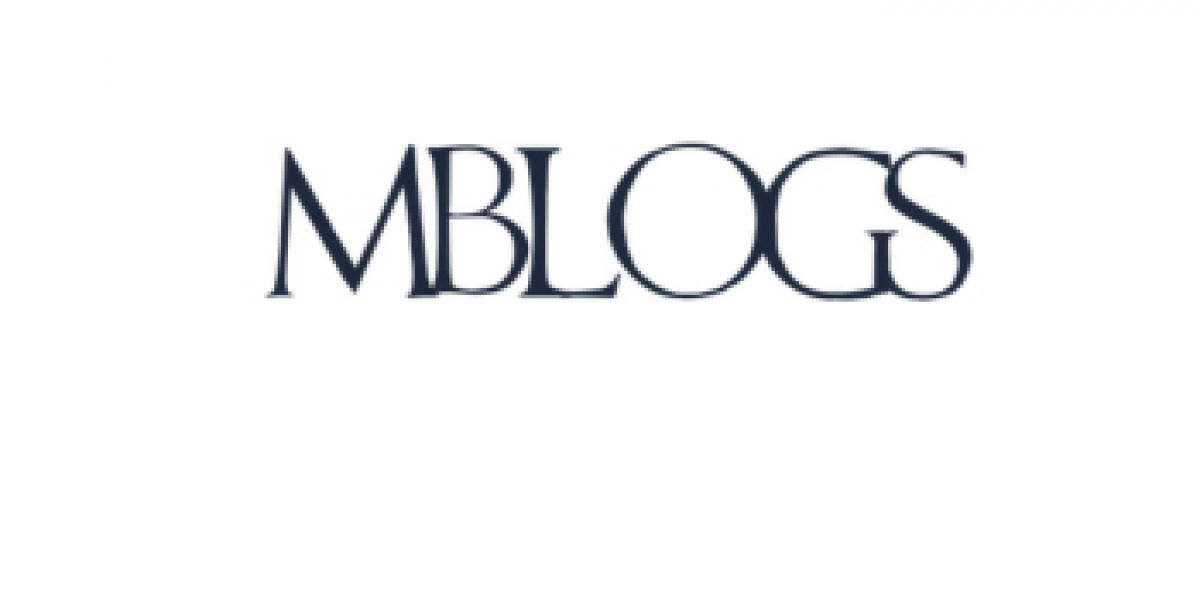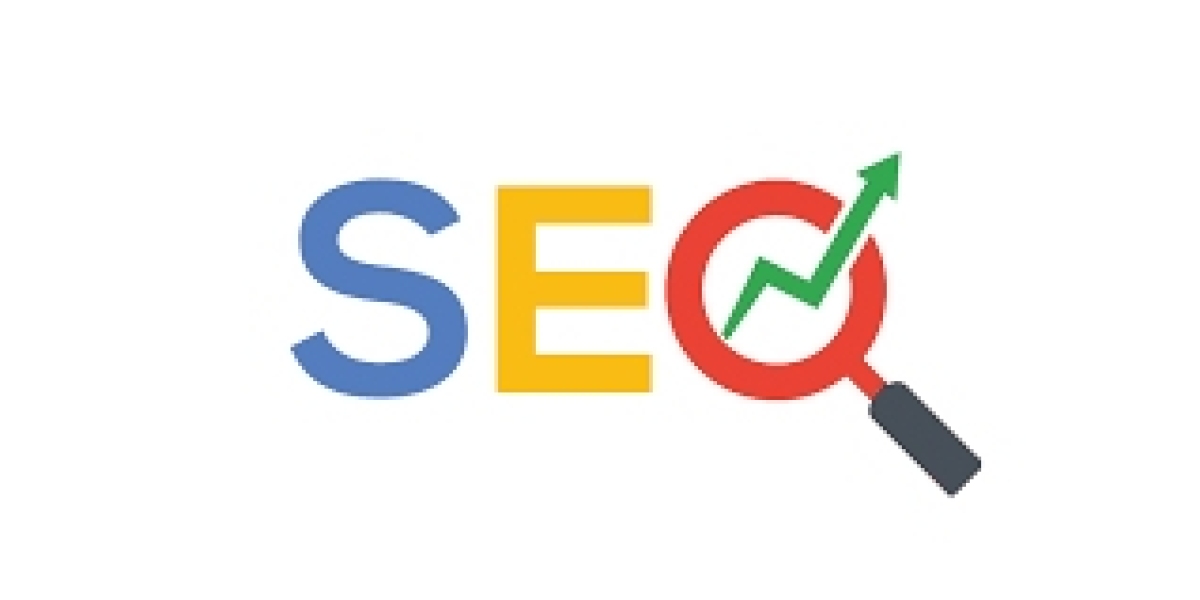Push notifications have become an essential feature in modern web applications, allowing businesses to engage users with timely updates and reminders. In a Next.js application, implementing push notifications involves combining front-end and back-end logic to provide real-time, personalized communication. Understanding how to set this up effectively can enhance the user experience and increase engagement.
Why Use Push Notifications in Next.js?
Push notifications offer a powerful way to keep users informed, even when they’re not actively using your application. Whether it's for promotions, updates, or alerts, these notifications ensure your message reaches users in real-time. With nextjs push notifications server-side rendering (SSR) capabilities, push notifications can be personalized and tailored for each user session.
Setting Up Push Notifications with Service Workers
The cornerstone of push notifications in a web application is the use of Service Workers. Service Workers run in the background, separate from the web page, and handle push messages even when the application is not active. In Next.js, you can register a Service Worker by placing the registration script in the public directory and loading it during the initial client-side rendering phase.
Subscribing Users to Notifications
To send push notifications, users must subscribe by granting permission. The Notification API in the browser allows you to request permission and manage user subscriptions. Once the user opts in, their device generates a unique subscription object, which you can store in your database for sending notifications later.
Backend Integration for Push Notifications
The server-side logic for push notifications involves sending messages to subscribed users. Using tools like Firebase Cloud Messaging (FCM) or Web Push libraries, you can push messages to the user’s device. In a Next.js application, this logic can be implemented in API routes, ensuring a seamless connection between your back end and front end.
Handling Notification Payloads
Push notifications typically include a payload with a title, body, and additional data such as URLs or actions. Crafting meaningful and concise payloads ensures that users receive relevant and engaging information. Customizing payloads based on user behavior or preferences can significantly improve the effectiveness of your notifications.
Testing and Debugging Push Notifications
Testing push notifications in Next.js requires ensuring both the Service Worker and backend integration are working correctly. Browser developer tools allow you to simulate push events and inspect Service Worker logs. Additionally, testing on multiple browsers and devices ensures compatibility and reliability across your user base.
Best Practices for Push Notifications
To avoid overwhelming users, it’s important to implement best practices for push notifications. Send messages sparingly and ensure they add value to the user experience. Provide clear unsubscribe options and respect user preferences to maintain trust. Optimizing message timing and content can lead to higher engagement rates.
Conclusion: Enhancing User Engagement with Next.js Push Notifications
Integrating push notifications in a Next.js application combines the platform’s dynamic capabilities with the power of real-time communication. By leveraging Service Workers, managing subscriptions, and crafting meaningful payloads, developers can create an engaging user experience. With careful planning and adherence to best practices, push notifications can become a valuable tool for driving user engagement and retention.









